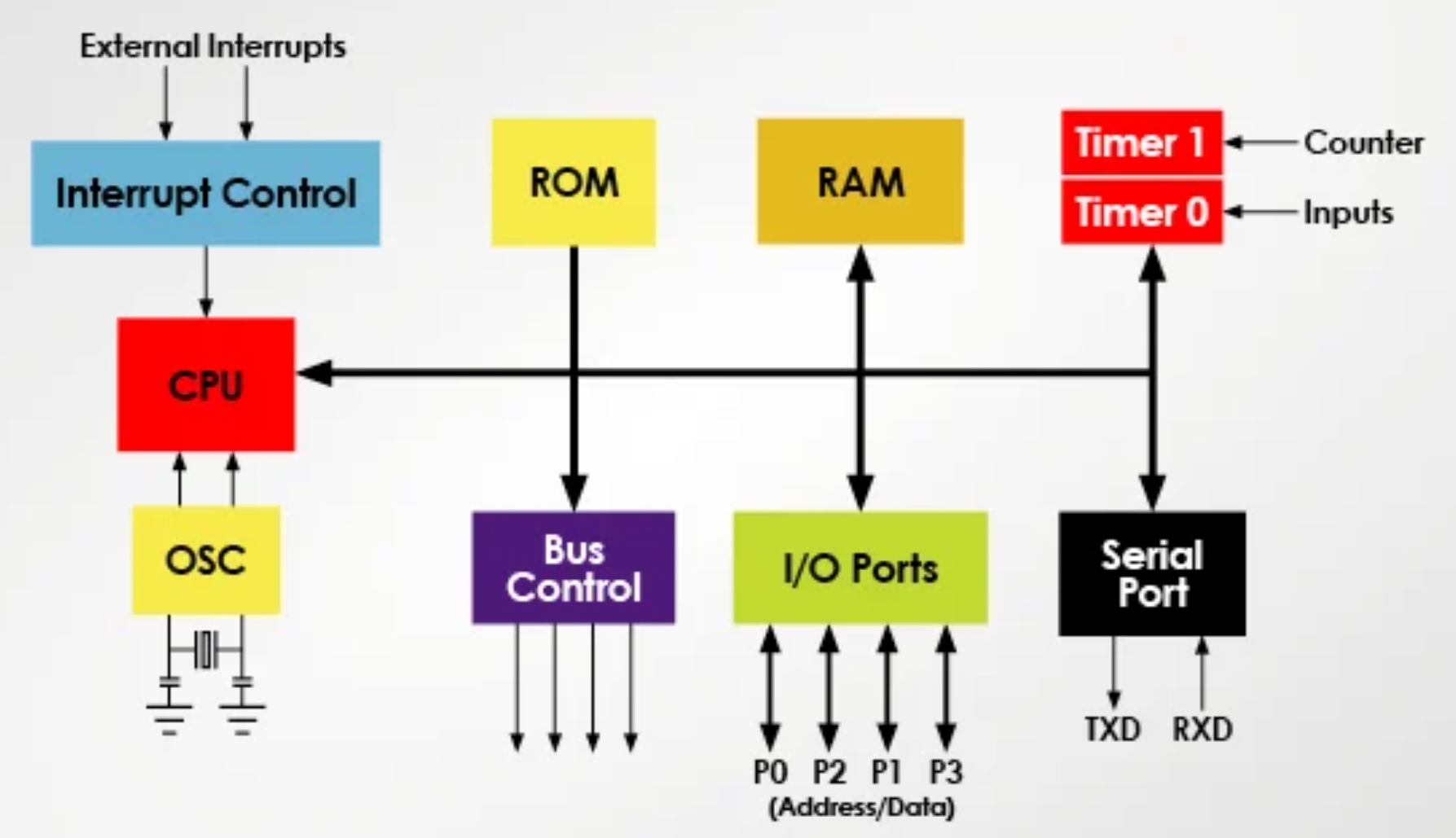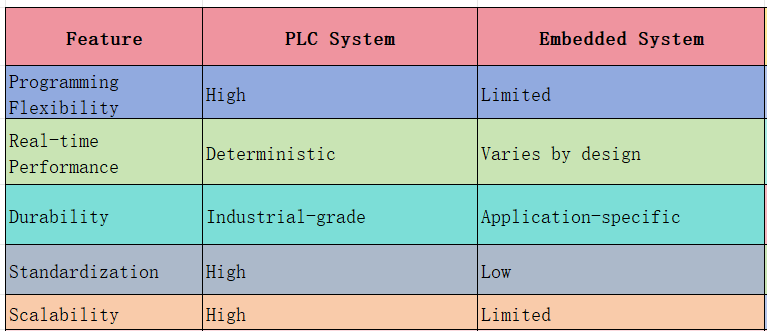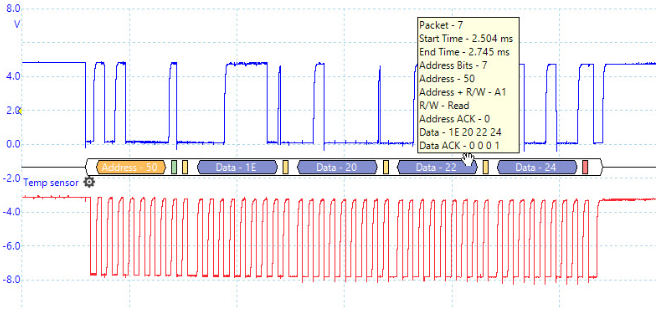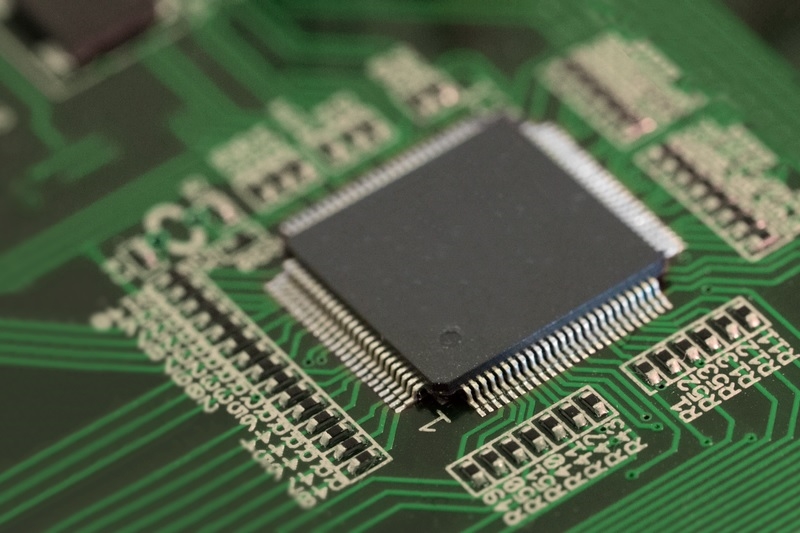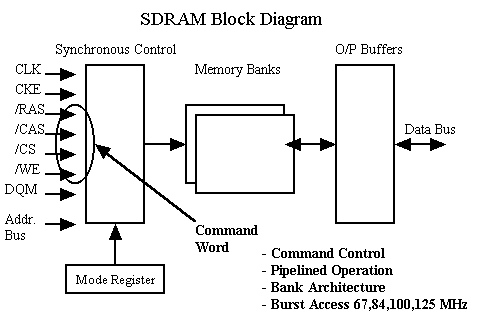
Embedded microprocessors are designed for use in embedded systems and are characterized by high integration, low power consumption, and targeted performance. They are commonly used in smartphones, televisions, digital cameras, smart home devices, automotive electronics, and medical equipment. The following sections describe the main types of embedded microprocessors.
1. ARM architecture
ARM (Advanced RISC Machine) is a widely used instruction set architecture in embedded systems. ARM processors follow a reduced instruction set computing (RISC) philosophy, offering low power consumption, high performance, and high integration. The ARM architecture includes several series: Cortex-A for high-performance applications, Cortex-R for real-time applications, and Cortex-M for low-power applications.
For example, ARM Cortex-A series processors are commonly found in smartphones and tablets, such as Qualcomm Snapdragon chips. Cortex-R series processors are used in automotive electronic systems, such as NXP i.MX family chips. Cortex-M series processors are widely used in embedded applications, such as STMicroelectronics STM32 series chips.
2. x86 architecture
x86 processors implement a complex instruction set computing (CISC) architecture, originally developed by Intel. While x86 is dominant in personal computers and servers, there are x86 processors designed for embedded use. x86 processors offer high performance and broad software compatibility.
For example, Intel Atom processors are x86 chips designed for mobile and embedded applications and are found in embedded PCs and networking devices.
3. MIPS architecture
MIPS (Microprocessor without Interlocked Pipeline Stages) is a RISC architecture introduced by MIPS Technologies. MIPS processors provide solid performance with low power consumption and have been used in networking equipment and consumer electronics.
For example, the MIPS24K series has been used in wireless routers and high-performance networking devices, such as Qualcomm Atheros AR71xx family chips.
4. PowerPC architecture
PowerPC (Performance Optimization With Enhanced RISC) is a RISC architecture developed by Motorola, IBM, and Apple. PowerPC processors have been used for high performance, reliability, and relatively low power consumption, historically appearing in personal computers and game consoles.
For example, IBM POWER series processors are based on PowerPC principles and are commonly found in servers and high-performance computing systems.
5. DSP (Digital Signal Processor)
Digital signal processors are specialized processors optimized for digital signal processing tasks and are commonly used in audio, video, and communications. DSPs provide high-performance, low-latency processing for real-time data streams.
For example, Texas Instruments TMS320 series processors are widely used in audio and communications applications.
6. FPGA (Field-Programmable Gate Array)
FPGAs are programmable logic arrays that offer flexibility and reconfigurability. They can be programmed to implement various functions, including CPU cores and DSP blocks, and are used in embedded systems that require custom or parallel processing, such as high-speed communications and image processing systems.
For example, Xilinx Zynq series chips integrate ARM Cortex-A9 processors with FPGA fabric, enabling flexible hardware-software co-design.
In summary, embedded microprocessors include ARM, x86, MIPS, PowerPC, DSP, and FPGA-based solutions. Each type has distinct characteristics and application domains, providing a range of options for embedded system design.
 ALLPCB
ALLPCB



